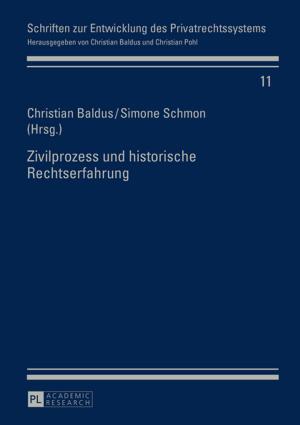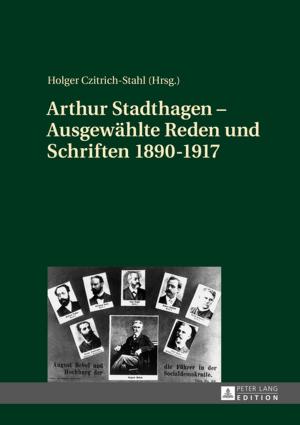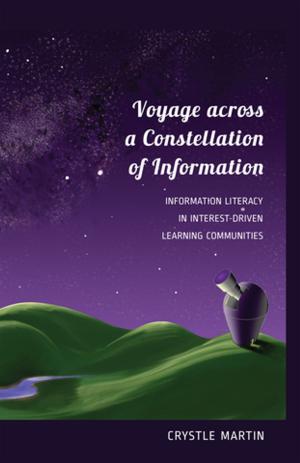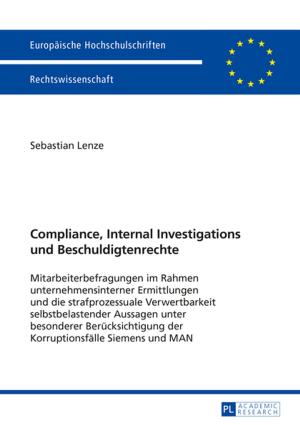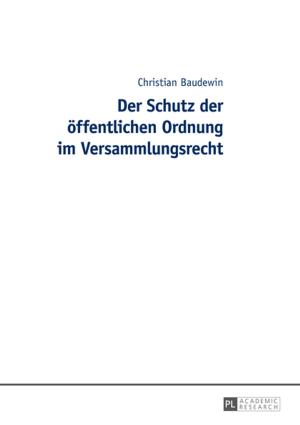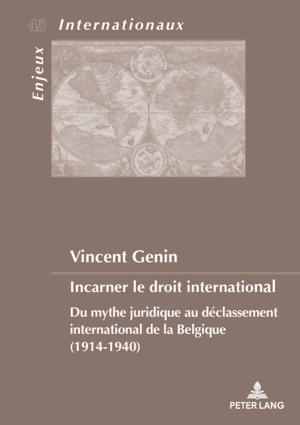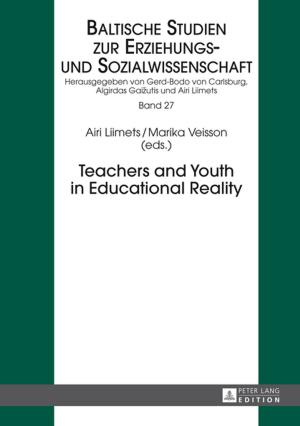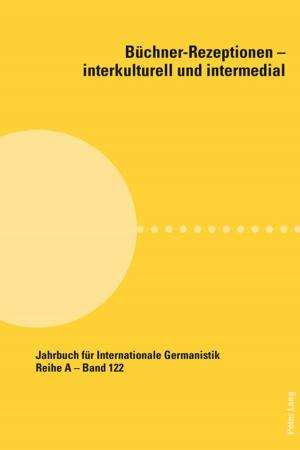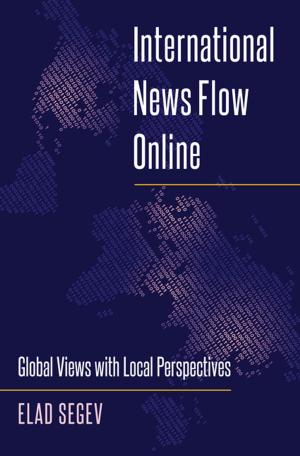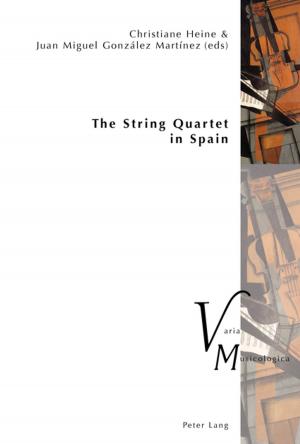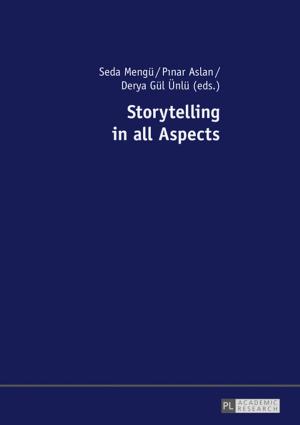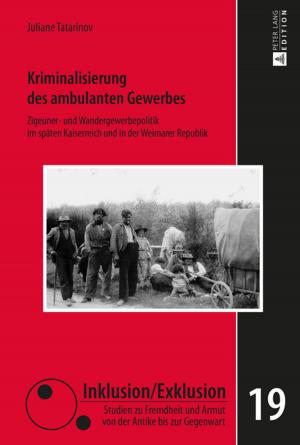Ruth: Bridges and Boundaries
Nonfiction, Religion & Spirituality, Bible & Bible Studies, Old Testament, Criticism & Interpretation, Health & Well Being, Psychology| Author: | Jonathan Grossman | ISBN: | 9783035193336 |
| Publisher: | Peter Lang | Publication: | June 30, 2015 |
| Imprint: | Peter Lang AG, Internationaler Verlag der Wissenschaften | Language: | English |
| Author: | Jonathan Grossman |
| ISBN: | 9783035193336 |
| Publisher: | Peter Lang |
| Publication: | June 30, 2015 |
| Imprint: | Peter Lang AG, Internationaler Verlag der Wissenschaften |
| Language: | English |
Ruth: Bridges and Boundaries is a literary close reading of the text as a bridge between the anarchic period of the Judges and the monarchic age that begins with the birth of David, as reflected through Ruth’s absorption process within Bethlehemite society. This bridge is constructed from three main axes: the theological perception that human actions have the power to shape and advance reality; the moral-legal perception that the spirit of the law must be privileged over the letter of the law and social conventions; and the principle that the institute of monarchy must be based upon human compassion. The commentary traces the narrative sequence through the paradigm of this three-fold cord, showing how these threads are woven throughout the book. This innovative reading is illustrated with an unprecedented psychological analysis of Ruth as a narrative of transition, using modern psychological theories.
This contemporary yet textually faithful literary commentary offers new insight into the inner workings of the text of Ruth as literary masterpiece. Academic yet accessible, this work provides tools for readers of Ruth and the field of biblical narrative in general.
Ruth: Bridges and Boundaries is a literary close reading of the text as a bridge between the anarchic period of the Judges and the monarchic age that begins with the birth of David, as reflected through Ruth’s absorption process within Bethlehemite society. This bridge is constructed from three main axes: the theological perception that human actions have the power to shape and advance reality; the moral-legal perception that the spirit of the law must be privileged over the letter of the law and social conventions; and the principle that the institute of monarchy must be based upon human compassion. The commentary traces the narrative sequence through the paradigm of this three-fold cord, showing how these threads are woven throughout the book. This innovative reading is illustrated with an unprecedented psychological analysis of Ruth as a narrative of transition, using modern psychological theories.
This contemporary yet textually faithful literary commentary offers new insight into the inner workings of the text of Ruth as literary masterpiece. Academic yet accessible, this work provides tools for readers of Ruth and the field of biblical narrative in general.

